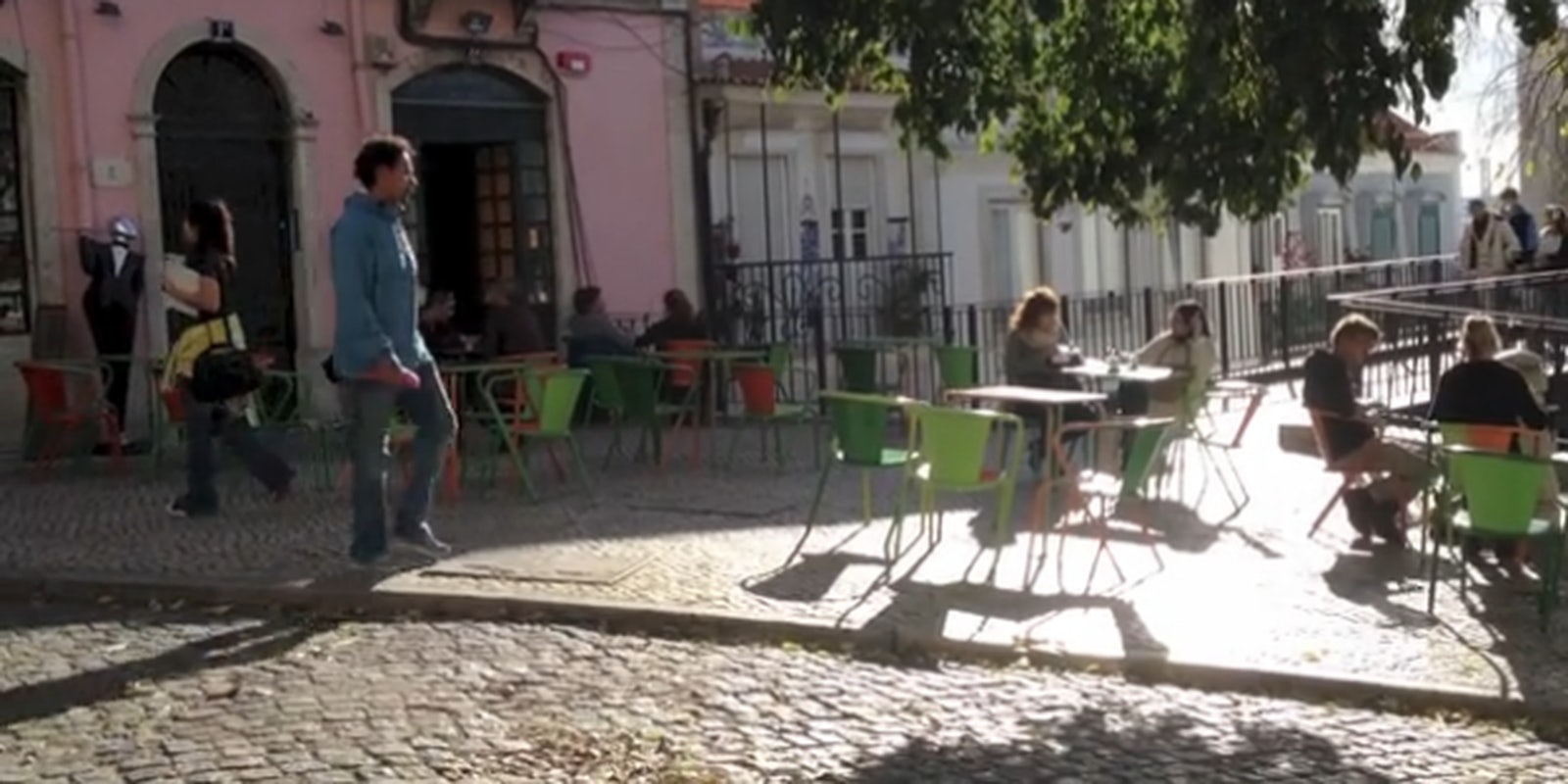BY MEGHAN NEAL
When you walk around a city, there are things you can just sense, like if you’ve wandered into a dodgy neighborhood, or where the new happening spot is. Intuitively, we know that a city’s more intangible characteristics, like class or uniqueness, play a big role in what it’s like to live there, but until now there was no way to actually quantify that idea.
Researchers from MIT Media Lab may have found a way to measure this “aesthetic capital” of cities, with their website Place Pulse, a tool to crowdsource people’s perception of cities by judging digital snapshots—a sort of “hot or not” for urban neighborhoods.
Some 4,000 geotagged Google Street View images and 8,000 participants later, the team found that by using digital images and crowdsourced feedback, they can accurately quantify the diverse vibes within a city, which in turn can help us better understand issues like inequality and safety. The results were published yesterday in the journal PloS One.
The results could be used to someday map the intangible uniqueness of neighborhoods around the world, which could help improve neighborhoods and design future cities.
The data could also add some weight to the controversial “Broken Windows Theory,” which suggests that physical signs of disorder in a neighborhood—like broken windows—can lead to crime, causing a vicious cycle. The theory has been hotly debated since it came out of Harvard in the ’80s, partly because it’s hard to actually measure and quantify “disorder.”
The Place Pulse experiment could change that. From the study:
Cities are not just collections of demographics, but places that people experience. Urban environments are known to elicit strong evaluative responses, and there is evidence and theories suggesting that these responses may affect criminal and health behaviors. Yet, we lack good quantitative data on the responses elicited by urban environments. Place Pulse is an effort to help collect quantitative data of urban perception to help advance these research efforts and open new avenues of research.
In other words, there’s more to measure in a city than just demographics and income. Things like energy level, architecture, beauty, and so on can impact people’s social behavior. While Place Pulse 1.0 was a small experiment—it looked at images from just four cities, Boston and New York in the U.S. and Salzburg and Linz in Austria—the method proved effective enough to be worth exploring further, according to the report.

Read the full story on Motherboard.


